Harnessing Happiness: A Guide to Training Your Dog for the Perfect Walk
Welcoming a furry friend into your life is a joyous occasion, but the process of training them to walk comfortably on a harness can sometimes be a challenge. Fear not, pet enthusiasts!
In this guide, we'll delve into the art of training your dog to walk on a harness, Exploring the benefits of using a customized dog harness. Let's start on this pawsitively perfect journey together.

Understanding the Need for a Customized Harness for Dogs
Let's discuss the importance of custom harnesses for dogs. Unlike traditional collars, the harness distributes pressure evenly, reducing strain on your dog's neck and providing better control.
Choosing a custom dog collar ensures a comfortable fit, reduces escape risk, and guarantees a comfortable, safe experience.
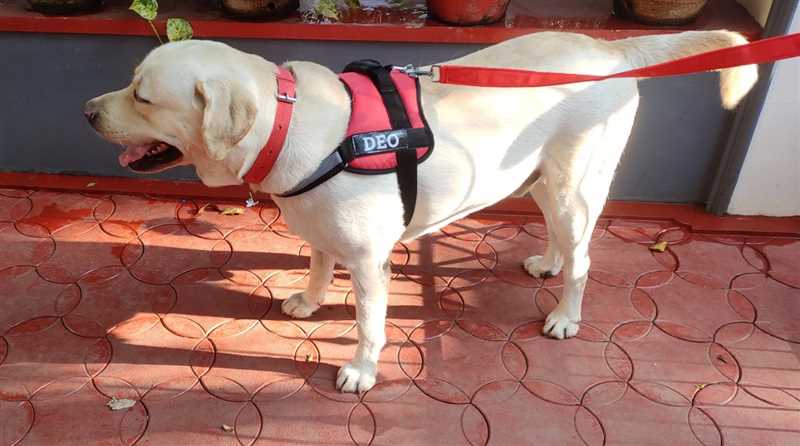
Can You Train a Dog to Walk on a Harness?
It may seem overwhelming to train your dog to walk on a harness, but you can accomplish this! Compared to more conventional approaches, harness training has many benefits that will make you and your four-legged friend more comfortable, safe, and happy.
The advantages of harness training
- Improved Safety and Control
- Suitable Fit for Your Dog
- Reduced Stress on the Throat and Neck
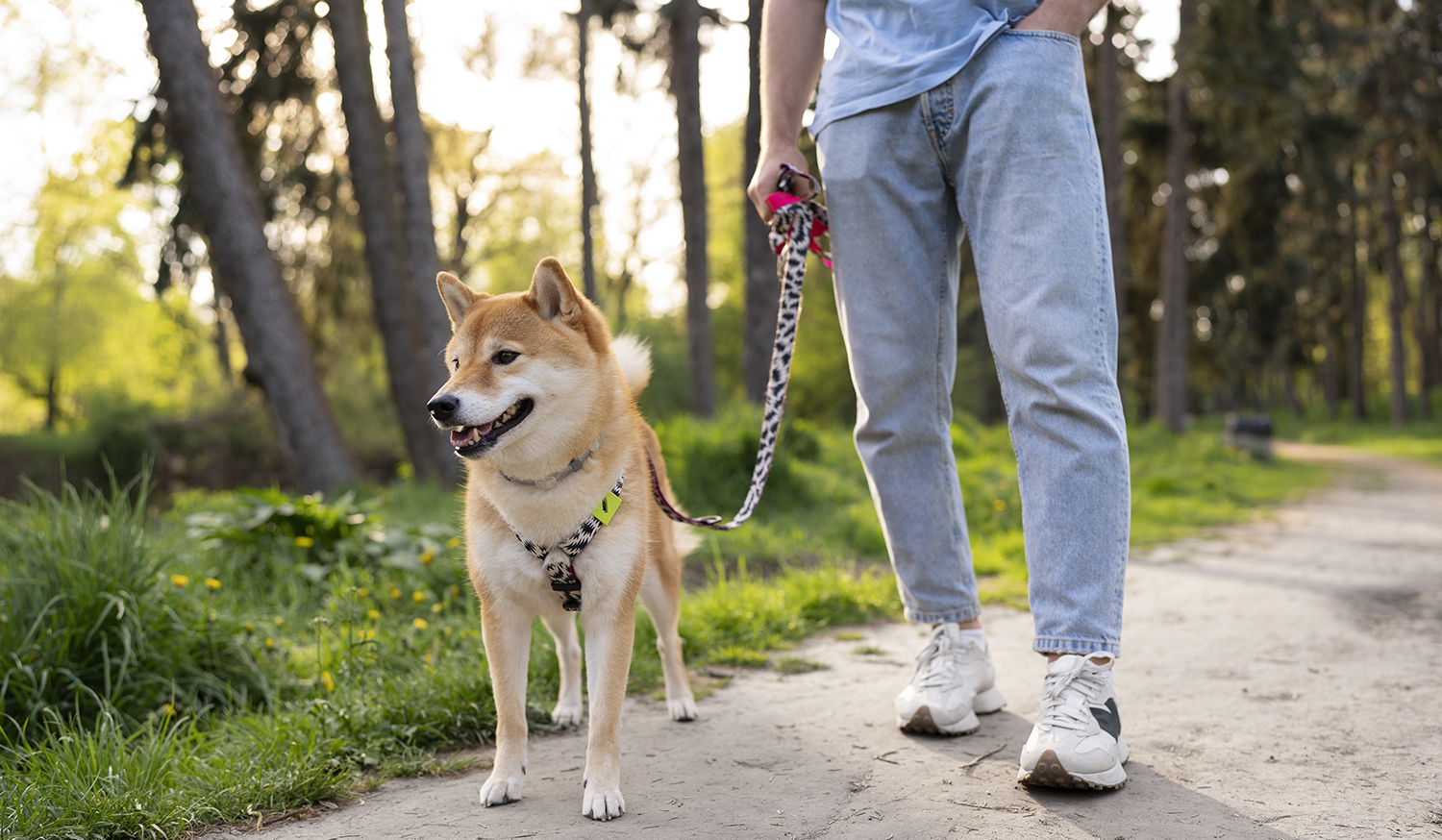
Choosing the Right Harness: A Custom Fit Is Important
One size does not fit all when it comes to harnesses. It is necessary to select the appropriate style and size.
Accurately measure your dog's girth and choose the appropriate harness for their breed and body type.
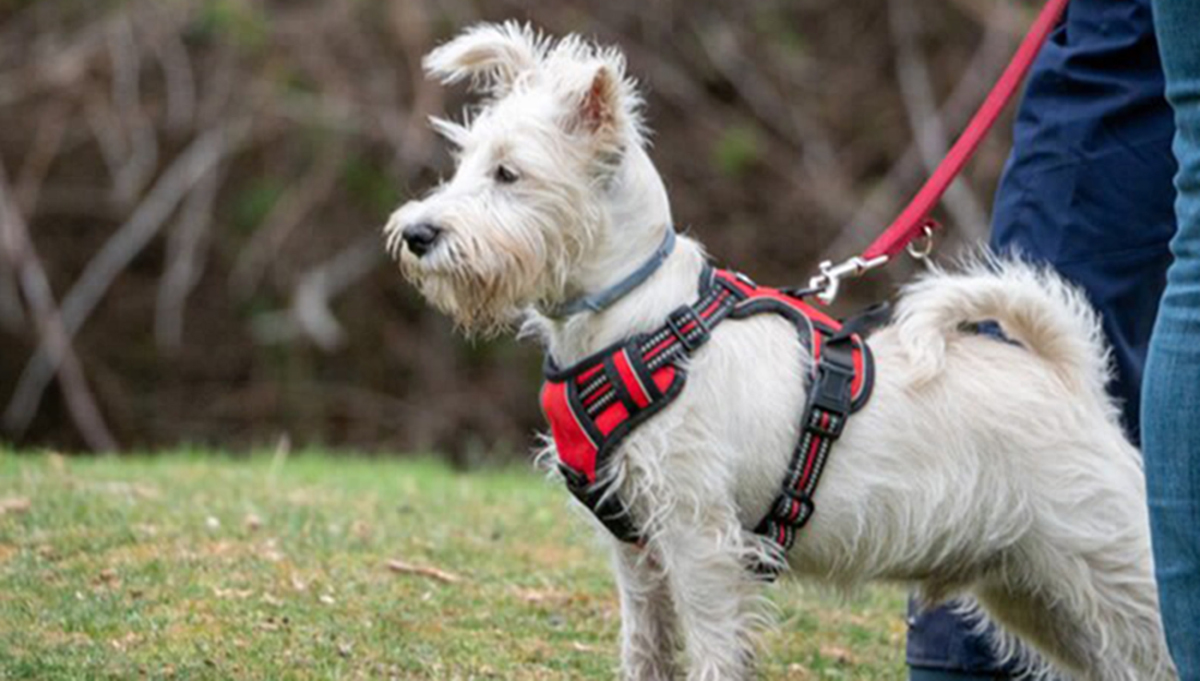
It may take some time for your pet to adjust from the collar to the harness, so choose one with adjustable straps to easily fit them into their new gear.
Do Harnesses Help Dogs Walk Better?
suppose you and your dog enjoying a peaceful stroll, the leash not snagging on their collar, and your pet strolling side by side without any trouble.
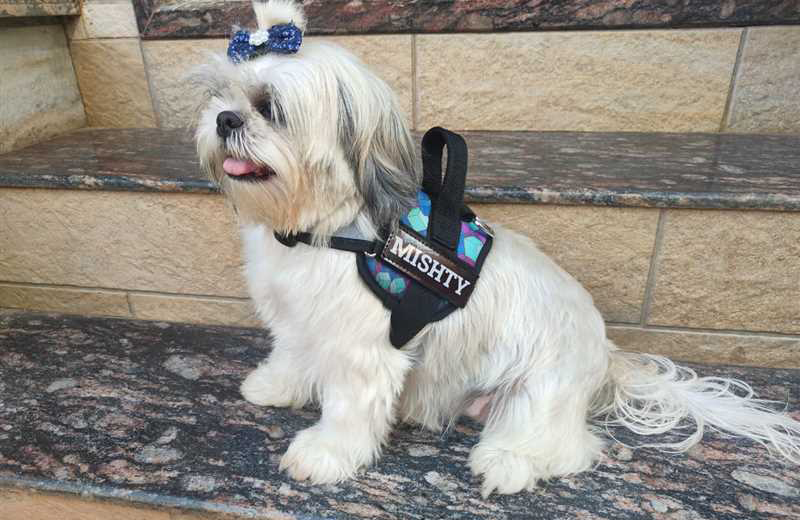
To achieve this perfect situation, harnesses are essential because they distribute pressure uniformly and reduce the possibility of injury while walking.
Step-by-Step Training
Starting on the journey of harness training demands a strategic approach. To develop positive walking habits, follow these carefully crafted steps with unwavering patience:
- Begin Indoors: To begin the training process within the comfort of your own home, minimizing outside distractions.
- Harness Introduction: As your dog plays, introduce them to the harness so they can become familiar with it and associate it with good things.
- Positive Reinforcement: To establish a positive relationship with your dog, use treats to encourage them to willingly step into the harness.
- Leash Attachment: Take your time attaching the leash so your dog can get used to the harness's soft direction.
- Short Walks: Go on to shorter walks, praising good behaviour and making mild corrections when necessary for pulling.
- Consistency is Key: Establish a routine that promotes a harmonious running experience by reinforcing positive habits through regular training sessions.
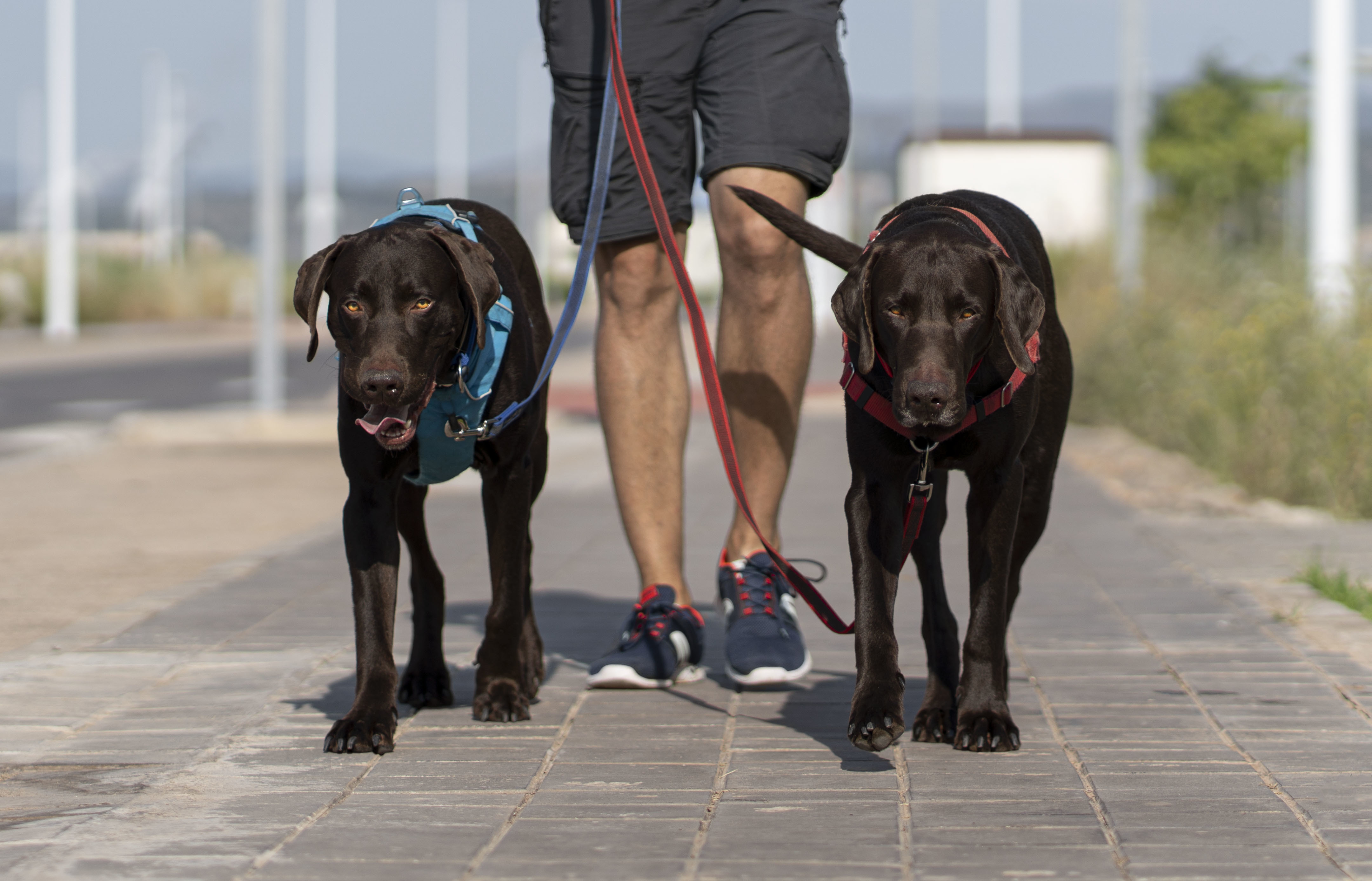
Breaking the Habit: Making the Switch from Collar to Harness
It might take some time to get your dog used to wearing a harness if they are used to wearing a collar. Shorter walks should be used to replace the collar with the harness gradually.
Your dog will quickly come to associate the harness with the thrill of outdoor adventures if you use positive reinforcement to help them associate the harness with positive experiences.

What Is the Best Collar to Train a Dog to Walk?
Even though this guide focuses mostly on harnesses, picking the appropriate collar for training is still crucial.
We'll go over the possibilities and talk about how a custom dog collar and leash can support your training efforts.
Options for Collars
- Flat Collars
- Martingale Collars
- Head Collars (Halters)
- Choke Chains
- Personalized or Custom Dog Collars
- Reflective or Light-Up Collars

Why Is My Puppy Refusing to Walk With a Harness?
Puppies, like humans, can be resistant to change. Understanding the reasons behind their reluctance is key to overcoming this obstacle and ensuring that your puppy embraces the harness with enthusiasm.
Common Challenges:
- Anxiety or Fear
- Strange Sensations
- Adverse Connections
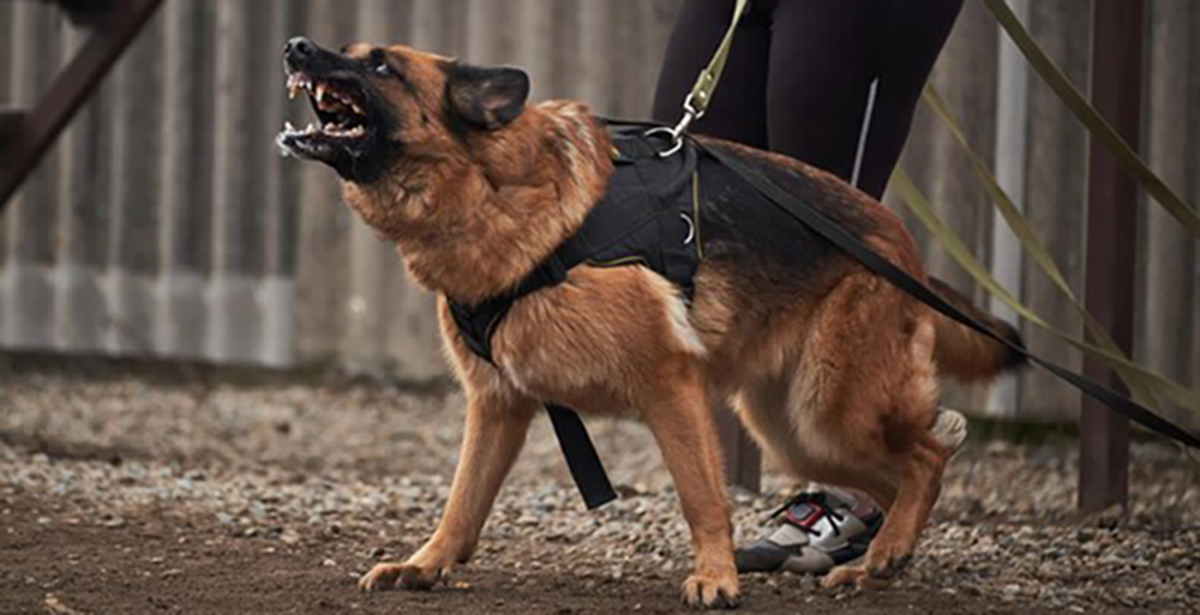
Solving Common Issues: A Smooth Walk Awaits
Overcoming typical obstacles is essential to harness training success. Check the harness's comfort and fit if your dog is resisting. Make sure it's not excessively tight or loose.
To divert their attention if they continue to pull, think about using training tools like toys or treats. Your allies in conquering obstacles are positivity and consistency.
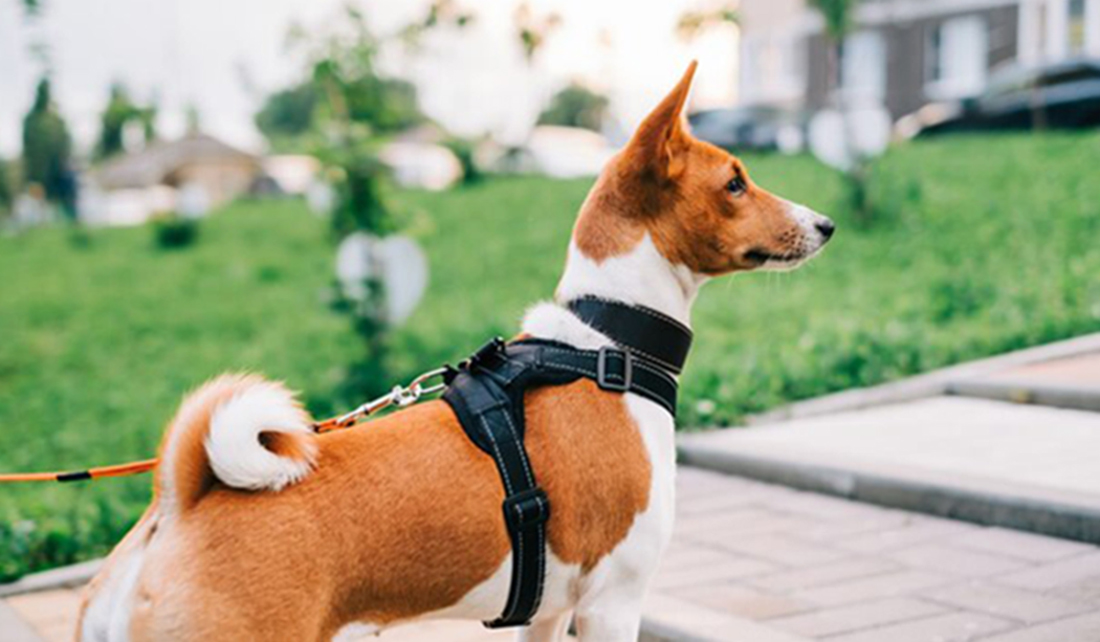
In the end, Training your dog to walk on a harness is a fulfilling task that strengthens your relationship with your furry best friend. Be patient, and optimistic, and wear a harness that fits you perfectly when going through this process. Your journey ahead promises countless happy moments and a deepening of your relationship with your four-legged companion.